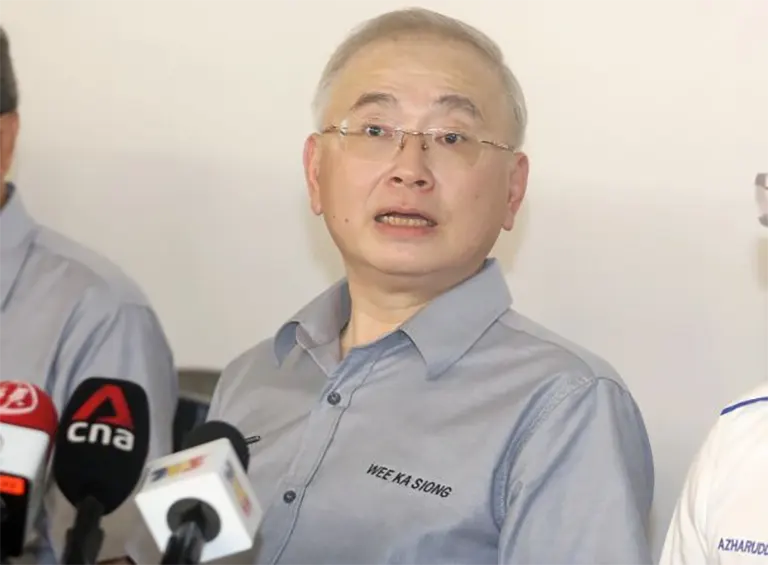17 June 2022

Train frequencies along the Kelana Jaya LRT line are expected to improve by August as more trainsets are fixed, says Datuk Seri Dr Wee Ka Siong.
“Rail lines are practising preventive maintenance where trains will be serviced as a safety measure, hence, the reduction of frequencies,” he said in response to some commuters’ grouses of overcrowding on the line’s platforms during peak hours due to fewer trains running as a result of the need to speed up the scheduled maintenance regime lately, especially the brake systems.
The Kelana Jaya line is the country’s most well used metro line, carrying up to 330,000 commuters a day at its peak before the Covid-19 pandemic hit.
Of late, some trainsets had to be removed to allow for their brake systems to be refurbished, slightly ahead of the predicted maintenance cycle.
“For the safety of our commuters, we’re taking this measure to avoid incidents in the future.
“Subsequently, we hope to achieve our target of the ideal frequency of three minutes in November,” Dr Wee said after accompanying Prime Minister Datuk Seri Ismail Sabri Yaakob during the launch of Phase 1 of the Putrajaya MRT line at the Kampung Baru MRT station here yesterday.
In response to public complaints about faulty escalators and lifts at train stations, Dr Wee explained that the ministry had instructed operators to prevent both facilities from breaking down at the same time in order to minimise inconvenience to commuters.
“Regarding the delay in servicing some escalators at certain train stations, this is due to a shortage of replacement parts from manufacturers in China (which were affected by prolonged shutdowns due to Covid-19),” he said, adding that Rapid Rail Sdn Bhd was also working closely with the Occupational Health and Safety Department (DOSH) from the Human Resources Ministry to inspect facilities at transport hubs, especially for commuters with mobility problems.
On this, Dr Wee said that both operators should uphold a high standard of maintenance culture to ensure the serviceability of public facilities.
“While the operators are working hard to maintain the facilities, the public should also play their part by caring for these facilities,” he added.
Meanwhile, Prasarana Malaysia Bhd group president and chief executive officer Mohd Azharuddin Mat Sah said they were currently working hard to speed up the procurement of spare parts from China, adding that Prasarana planned to implement improvements across all rail lines by September.
KTM Bhd chief executive officer Mohd Rani Hisham Samsudin, who was also present, said facilities in KTMB’s network were also facing the same problems.
“Five escalators and elevators along the KTMB stretch in Klang Valley and even the northern corridor are faulty.
“We are also waiting for the parts from China, which are expected to take about two to three months.
“To prevent this from happening again, we advise our service providers to maintain inventories so that we can obtain parts more easily,” he said.
The Phase 1 of the Putrajaya line, which begins operations at 3pm yesterday, covers 12 stations – Kwasa Damansara, Kampung Selamat, Sungai Buloh, Damansara Damai, Sri Damansara Barat, Sri Damansara Sentral, Sri Damansara Timur, Metro Prima, Kepong Baru, Jinjang, Sri Delima and Kampung Batu.
During peak hours, the trains will arrive every four minutes, with each trip capable of ferrying 1,200 passengers.
The first phase of this line allows passengers to change over to KTM stations at Sungai Buloh, Sri Damansara Timur (to Kepong Sentral) and Kampung Batu.
By next January, Phase 2 of the Putrajaya MRT line – with another 24 stations – is expected to be ready to serve passengers from Kwasa Damansara to Putrajaya.
Source: www.thestar.com.my
Site Search
Did you find what you are looking for? Try out the enhanced Google Search: